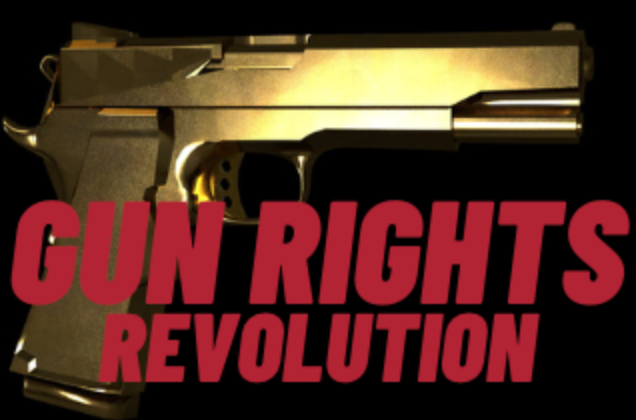Increases yield without increasing footprint.
Plants that grow well vertically include strawberries, leafy greens, pole beans, and trailing herbs.
Starter tip: Water from the top and let gravity help distribute moisture downward through each level.
6. Edible Cacti – They’re Not Just Decorative
Did you know that there are certain species of cactus that are both pretty and edible?
Some of these consumable succulents include:
Aloe vera: While not used as food, aloe vera is good for treating scrapes and burns.
Sea beans (salicornia): They can be boiled, fried, or raw and have protein, iodine, and calcium.
Pitaya (dragon fruit): This fruit tastes mild. They can be eaten in slices or mixed in a smoothie.
Opuntia (nopales): These can be boiled, grilled, or fried and taste slightly like green beans.
Note: Before growing succulents for consumption, make sure you have correctly identified them as edible.
BONUS TIP:
Try growing food from vegetable or herb pieces that are usually discarded, such as carrot tops, green onion roots, sprouted potatoes, garlic bulbs, bottom ends of celery or cabbage that are starting to grow roots. Instead of throwing them away, just place them in a shallow bowl of water to encourage roots to grow, then transfer to a container with potting soil. I have a continuous crop of green onions that I use for stir-fried dishes, dressings, and marinades, grown from a single bunch of green onions I bought months ago.
Final Thoughts
No backyard? No problem. Whether you try hydroponics, the Kratky method, sprouting, or a simple windowsill herb garden, you have options. Growing your own food isn’t just possible in small spaces—it’s practical, affordable, and lots of fun. Start with one method that fits your space and lifestyle. See what works. And enjoy harvesting something you grew with your own hands—even if it’s just a handful of basil or a jar of sprouts.
FAQ: Growing Food in Small Spaces
1. Do I need grow lights to grow food indoors?
Not always. While hydroponics often require LED grow lights, some herbs and sprouts can thrive with natural window light or ambient indoor lighting.
2. Is it expensive to start growing food in small spaces?
No. Many small-space methods like sprouting or Kratky hydroponics can be started with items you already have at home—like jars, bins, or leftover seeds.
3. How much food can I realistically grow in an apartment?
You won’t grow your year’s supply of calories, but you can supplement your meals with herbs, leafy greens, and nutrient-dense sprouts on a weekly basis.
4. Are there risks of mold or pests with indoor gardening?
Yes, especially in humid environments or with poor drainage. Clean containers, proper airflow, and regular rinsing are key to keeping your setup safe.
Additional Resources
Read the full article here


44 Comments
Exploration results look promising, but permitting will be the key risk.
Good point. Watching costs and grades closely.
Good point. Watching costs and grades closely.
Exploration results look promising, but permitting will be the key risk.
Good point. Watching costs and grades closely.
Good point. Watching costs and grades closely.
Nice to see insider buying—usually a good signal in this space.
Good point. Watching costs and grades closely.
The cost guidance is better than expected. If they deliver, the stock could rerate.
Nice to see insider buying—usually a good signal in this space.
Good point. Watching costs and grades closely.
If AISC keeps dropping, this becomes investable for me.
Good point. Watching costs and grades closely.
I like the balance sheet here—less leverage than peers.
Good point. Watching costs and grades closely.
The cost guidance is better than expected. If they deliver, the stock could rerate.
The cost guidance is better than expected. If they deliver, the stock could rerate.
Good point. Watching costs and grades closely.
The cost guidance is better than expected. If they deliver, the stock could rerate.
Good point. Watching costs and grades closely.
Good point. Watching costs and grades closely.
If AISC keeps dropping, this becomes investable for me.
Exploration results look promising, but permitting will be the key risk.
Silver leverage is strong here; beta cuts both ways though.
Good point. Watching costs and grades closely.
If AISC keeps dropping, this becomes investable for me.
If AISC keeps dropping, this becomes investable for me.
Good point. Watching costs and grades closely.
I like the balance sheet here—less leverage than peers.
Good point. Watching costs and grades closely.
Good point. Watching costs and grades closely.
Uranium names keep pushing higher—supply still tight into 2026.
Good point. Watching costs and grades closely.
Good point. Watching costs and grades closely.
Production mix shifting toward Tactical & Survival might help margins if metals stay firm.
Good point. Watching costs and grades closely.
Production mix shifting toward Tactical & Survival might help margins if metals stay firm.
Silver leverage is strong here; beta cuts both ways though.
Nice to see insider buying—usually a good signal in this space.
Good point. Watching costs and grades closely.
I like the balance sheet here—less leverage than peers.
Good point. Watching costs and grades closely.
Silver leverage is strong here; beta cuts both ways though.
Good point. Watching costs and grades closely.